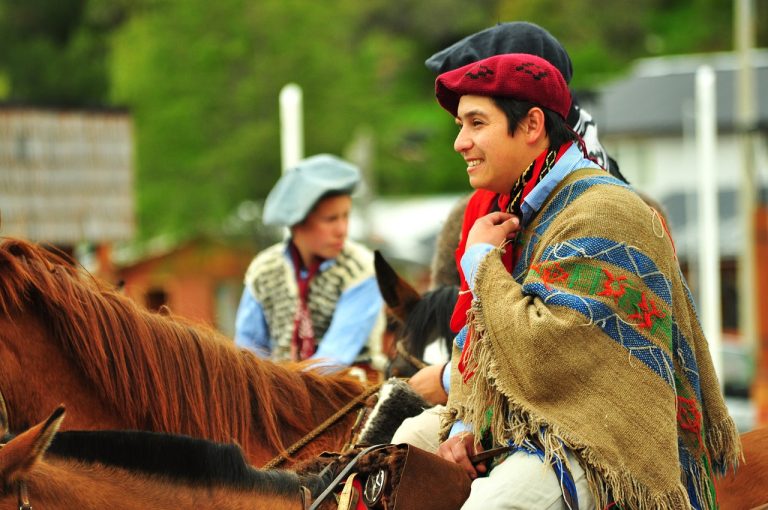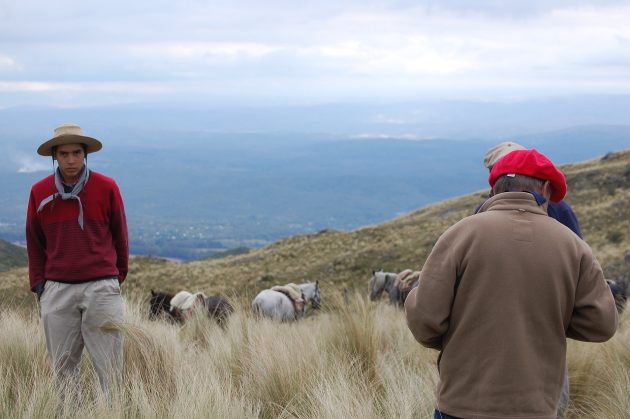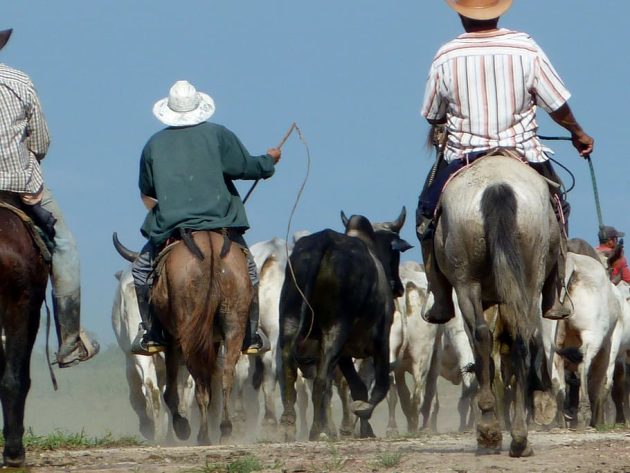
Buffalo And Cattle Have Left Their Mark On Latin American Culture – and That’s Reflected Everyday
25 June, 2023The buffalo and indeed other forms of cattle have long been a fixture in Latin culture. That’s true whether it’s the running of the bulls in Spain, which started in the 13th century, or the connection the modern day llaneros of Colombia have to their herbs – a relationship recently profiled by NPR. Brazil’s economy relies on cattle, with the country supplying 23% of the world’s beef, and Argentina, Uruguay, Paraguay and Colombia feature in the top 20. Both as a cultural icon and as a vital economic asset, buffalo and cattle have a huge part to play in Latin American history.
Mexican ranching culture
Few places have a closer connection between ranchers and their cows than in Mexico. Known as vaqueros, the horse-riding men who inspired the all-American cowboy have been proud herders of cattle, buffalo included, since 1521. Indeed, according to The Eye Huatulco Magazine, cattle culture became crucial to expanding Mexican identity as early as the late 16th century, when conquistador-sponsored breeding programmes in what is now San Mateo Mexicaltzingo mixed European cattle with native buffalo. Alongside this, the natural heroics and athletics of herding cows lead to the creation of shows of horsemanship, cow handling, bull riding and, of course, the cattle run. This makes buffalo and cattle first and foremost a symbol of ruggedness, and thrill, and risk – you can see that buffalo symbolism in activities that generate that sense of excitement, ranging from professional football clubs through to online wagering.

Argentine sense of tradition
That cow-tending history is even more venerated at the tip of South America. In Argentina, it’s gaucho who herd cattle, and they are a key part of Argentinian culture. Revered as brave rural men who were adept at throwing rope from horseback, the gaucho legend is so popular that Rough Guide produces travel recommendations to follow in their footsteps. Presenting a traditional look at times gone by, when the continent was there to be explored, the idea of the lone herder helping to contribute to the formation of these great Latin American nations is embraced. In Argentina, gaucho culture is particularly well represented in the arts via literature and theatre.

Venezuelan and Colombian modernists
The profile of Colombia’s llaneros is not exclusive to Colombia. Scientific American also profiled these men in Venezuela, too, and together they play a very specific role. Twice per year, in May-June and November, llaneros are hired to drive cattle to new locations. What’s interesting about them is their long heritage – the hardy horses they ride on are directly descended from Spanish 16th-century stock, and they are helping to preserve an important tradition of buffalo and cattle herding against the push back of modern farming.
Whether gaucho, vaquero or llanero, the cow herding professionals of Latin America have had a huge say in the cultural growth of their respective nations. That imagery stays at the core of these countries today, and provides a strong link to traditions past.
Follow Sounds and Colours: Facebook / Twitter / Instagram / Mixcloud / Soundcloud / Bandcamp
Subscribe to the Sounds and Colours Newsletter for regular updates, news and competitions bringing the best of Latin American culture direct to your Inbox.

